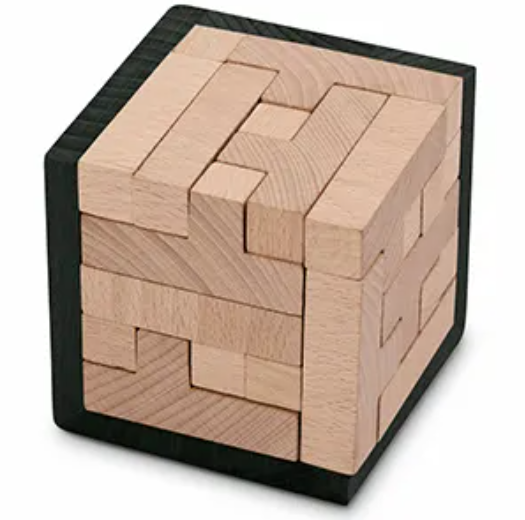I got from my children as a gift a puzzle consisting of 25 y-shaped 5-polyominoes that form a $5 \times 5 \times 5$-cube (see picture).
I'm wondering for which $n$ does a y-formed $n$-polyomino tile a $n \times n \times n$-cube?
By a y-formed $n$-polyomino I understand a generalisation of the y-formed $5$-polyomino (made of the $5$ squares $(0, 0), (1, 0), (2, 0), (3, 0), (1, 1)$), i.e., the center of the $n$ squares can be chosen as $(0,0), (1,0), (1,1), (2,0), \dotsc, (n-2,0)$. The polyomino has a thickness of 1.
For $n=5$ I have the (wooden) proof that it's possible before me, for $n=4$ it's trivial (as one can tile one $4 \times 4 \times 1$-slice of the $4 \times 4 \times 4$-cube already with four y-formed $4$-polyominoes), what about $n=6, 7 , \dotsc$?
Any ideas for patterns that work for whole sequences of $n$, any proofs that for some $n$ it's not possible?

